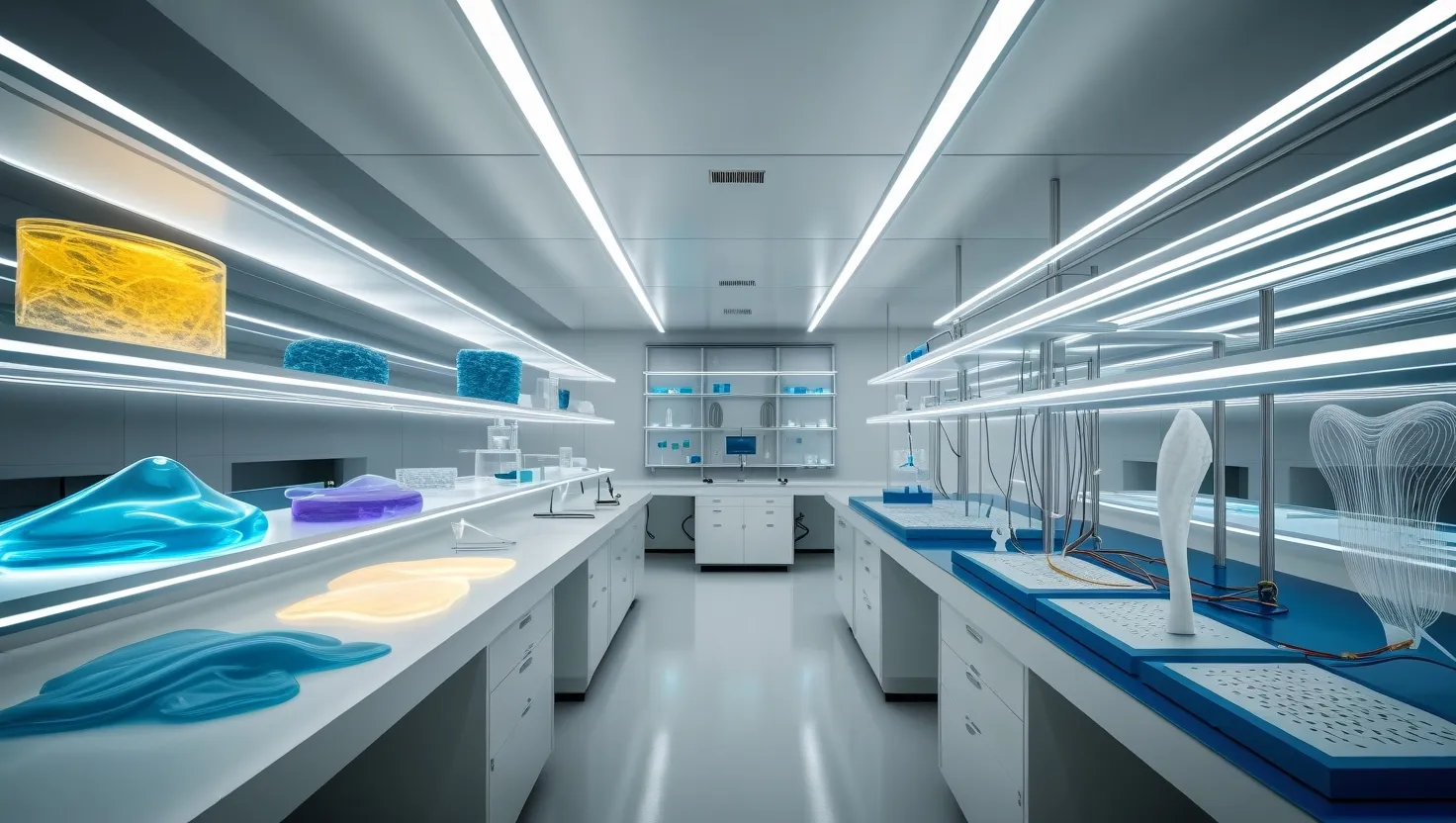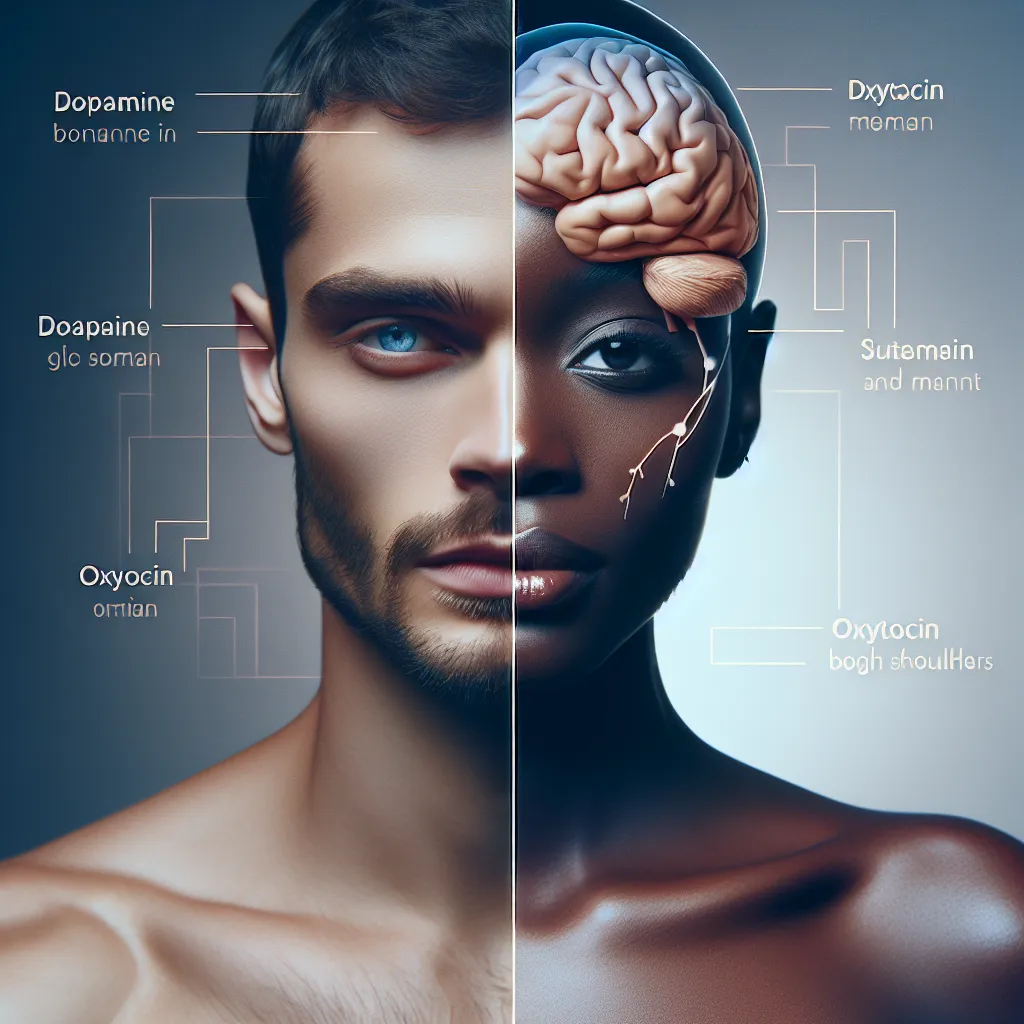In the realm of medicine, the boundaries between technology and biology are blurring at an unprecedented rate, thanks to groundbreaking innovations in biomaterials. These materials are not just passive components; they are active participants in the healing process, transforming the way we treat and prevent diseases. Let’s delve into five of these revolutionary biomaterials that are redefining medical treatments.
Self-Healing Hydrogels: The Body’s Own Repair Mechanism
Imagine a material that can heal itself, much like our skin does after a cut. Self-healing hydrogels are making this a reality in the field of tissue repair. These hydrogels, composed of crosslinked polymer networks with high water content, have the remarkable ability to repair structural damages and recover their original functions. This property is particularly beneficial in treating tissue damage caused by heart attacks, traumatic brain injuries, and other conditions where traditional treatments often fall short.
As Karen Christman, a bioengineering professor, noted, “This biomaterial allows for treating damaged tissue from the inside out.” When injected intravenously, these hydrogels reduce inflammation and promote cell and tissue repair, offering a new approach to regenerative engineering.
”The greatest glory in living lies not in never falling, but in rising every time we fall.” - Nelson Mandela
This resilience is mirrored in the self-healing hydrogels, which can reform their shapes and heal damages through dynamic covalent bonds and non-covalent interactions. But how do these hydrogels manage to mimic the body’s natural healing processes so effectively?
The answer lies in their shear-thinning properties, which allow them to be injected through narrow needles and then expand to fill the damaged area. This versatility makes them ideal for drug and cell delivery, as well as 3D printing applications. The potential therapeutic applications are vast, from forming branched tubular channels for vascularization to delivering chemotherapy drugs directly to tumors.
Shape-Memory Polymers: The Shape-Shifters of Surgery
Minimally invasive surgeries have become the gold standard in modern medicine, reducing recovery times and scarring. However, the challenge lies in ensuring that the materials used in these procedures can adapt to the body’s complex environments. This is where shape-memory polymers come into play.
These polymers can change shape in response to external stimuli such as temperature or light, making them perfect for applications where precise control is needed. Imagine a stent that can be inserted in a compact form and then expand to its full size once it reaches the desired location in the body. This is not science fiction; it is the reality offered by shape-memory polymers.
”The future belongs to those who believe in the beauty of their dreams.” - Eleanor Roosevelt
But what makes these polymers so unique? Their ability to remember their original shape and revert to it under specific conditions allows for precise deployment and minimal tissue damage. This property is crucial in surgeries where the margin for error is slim.
For instance, in vascular surgeries, shape-memory polymers can be used to create stents that expand to keep blood vessels open, improving blood flow and reducing the risk of complications. The precision and adaptability of these polymers are revolutionizing the field of minimally invasive surgeries, making procedures safer and more effective.
Nanocellulose-Based Materials: Nature’s Gift to Wound Healing
Wound healing is a complex process that requires a delicate balance of tissue regeneration and infection control. Traditional wound dressings often fall short in providing the optimal environment for healing. This is where nanocellulose-based materials step in, leveraging nature’s own healing mechanisms.
Derived from plant fibers, nanocellulose is a biocompatible and biodegradable material that mimics the body’s natural extracellular matrix. When used in wound dressings, it creates a moist environment that promotes tissue regeneration and reduces the risk of infection.
”Nature is not a place to visit. It is home.” - Gary Snyder
But how does nanocellulose achieve this? Its unique structure allows it to absorb and retain large amounts of fluid, keeping the wound moist and promoting the growth of new tissue. Additionally, its antimicrobial properties help in preventing infections, a common complication in wound healing.
The use of nanocellulose-based materials is not limited to wound dressings; it also extends to tissue engineering and drug delivery. Its versatility and natural origin make it an attractive option for medical applications where biocompatibility is paramount.
Bioactive Glass: The Bone Regenerator
Bone regeneration is a challenging area in orthopedic medicine, especially in cases where large bone defects need to be addressed. Traditional materials often lack the bioactivity needed to stimulate bone growth effectively. Bioactive glass, however, is changing this landscape.
This type of glass reacts with the body’s fluids to form a layer of hydroxyapatite, a mineral found in bone tissue. This reaction stimulates the body’s natural bone regeneration processes, making bioactive glass an ideal material for bone grafts and implants.
”The best way to predict your future is to create it.” - Abraham Lincoln
But what makes bioactive glass so effective? Its ability to release ions that stimulate osteoblasts, the cells responsible for bone formation, is key. This bioactive interface between the glass and the body’s tissues promotes rapid bone integration and regeneration.
In dental and orthopedic applications, bioactive glass is used to create implants that not only replace damaged bone but also stimulate new bone growth. This approach is particularly beneficial in cases where traditional bone grafts are not viable, offering a new hope for patients with severe bone defects.
Electrically Conductive Polymers: Bridging the Gap Between Brain and Machine
Neural interfaces are the frontier of medical innovation, enabling communication between the brain and external devices. However, the challenge lies in creating materials that can seamlessly integrate with the brain’s complex electrical signals. Electrically conductive polymers are addressing this challenge head-on.
These polymers can conduct electrical signals, making them ideal for neural implants and prosthetics. They offer a biocompatible interface that can transmit and receive signals from the brain, enabling patients with neurological disorders to regain control over their bodies.
”The brain is a wonderful organ; it starts working the moment you get up in the morning and does not stop until you get into the office.” - Robert Frost
But how do these polymers achieve such a delicate balance? Their conductive properties allow them to mimic the brain’s electrical signals, creating a harmonious interface between the brain and the device. This is particularly important in applications such as cochlear implants and brain-computer interfaces.
The potential of electrically conductive polymers extends beyond medical devices; they also hold promise in the field of neuroprosthetics. Imagine a future where patients with paralysis can control robotic limbs with their thoughts, thanks to the seamless integration provided by these polymers.
The Future of Medicine: A World of Possibilities
As we explore these groundbreaking biomaterials, it becomes clear that the future of medicine is not just about treating diseases but about enhancing the human body’s natural healing processes. These materials are not just tools; they are partners in the healing journey, offering unprecedented possibilities for patient care.
”The best way to find yourself is to lose yourself in the service of others.” - Mahatma Gandhi
So, what does the future hold for these biomaterials? Will they continue to revolutionize medical treatments, or will new innovations surpass them? One thing is certain: the intersection of technology and biology is creating a world where the boundaries between the human body and medical devices are becoming increasingly blurred.
As we move forward, it is essential to consider the ethical, social, and economic implications of these advancements. How will these biomaterials be accessible to all, regardless of geographical or economic constraints? How will they be regulated to ensure safety and efficacy?
These questions are crucial as we embark on this journey of medical innovation. However, one thing is clear: the future of medicine is brighter than ever, thanks to the groundbreaking innovations in biomaterials. These materials are not just changing the way we treat diseases; they are changing the way we live.






